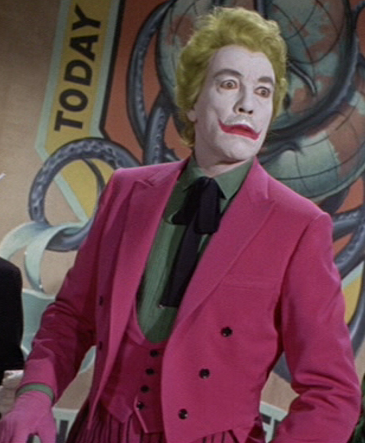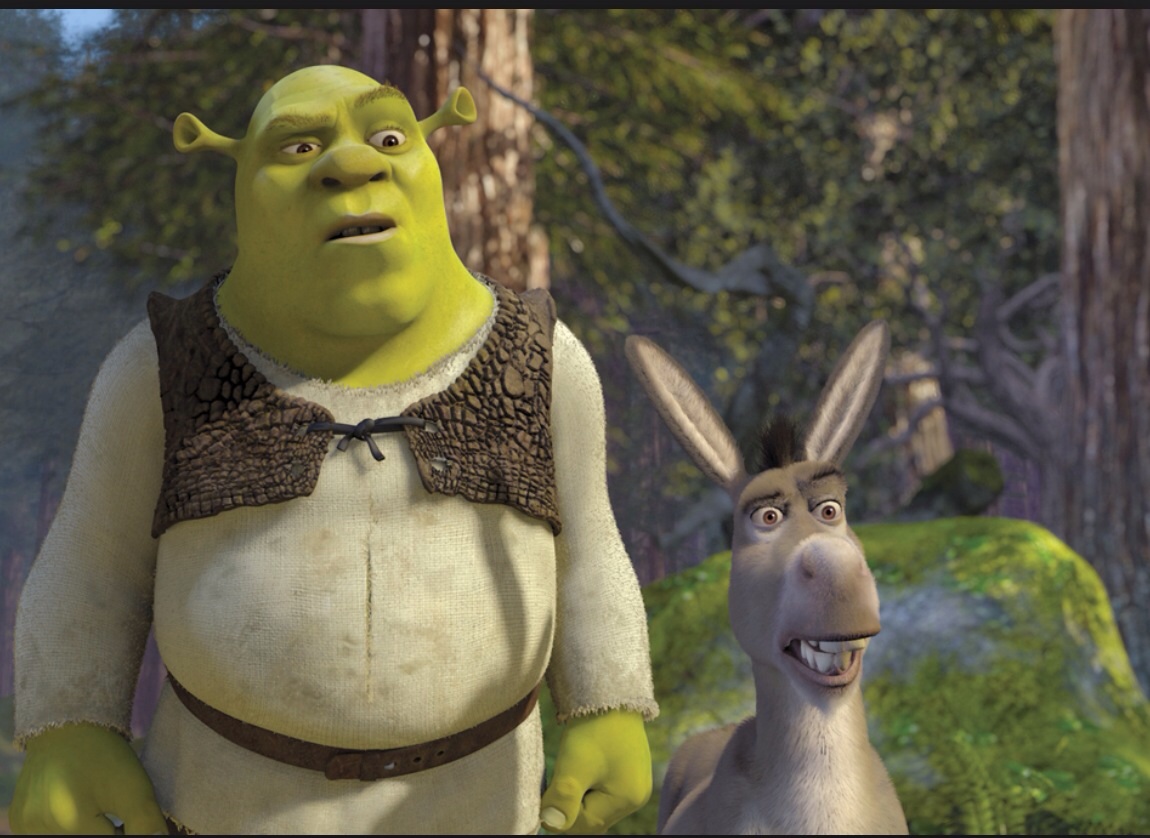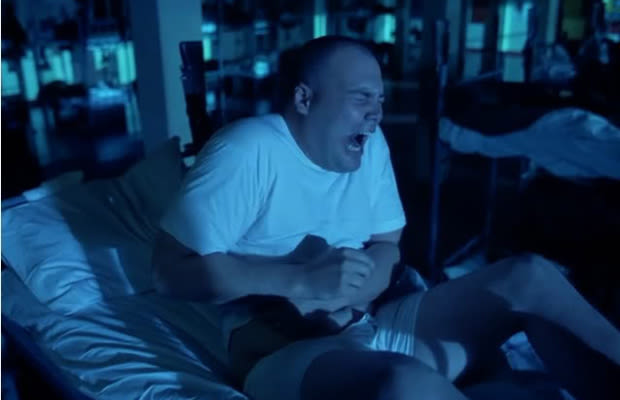Full Metal Jacket is a movie
that has no dogs in it that demonstrates the realities of the Vietnam war alongside the way that America wanted it to be perceived in the media. The film is split up into two distinct acts, kinda like a musical, the only difference being that instead of ending the first act with jazz hands and singing, it ends with someone blowing their brains out.
 |
| "IT'S A HARD KNOOOOCK LIFE" |
The movie opens up with our characters in boot camp being yelled at by a man who I hope is happy he's now a meme. After a few minutes of this, we meet our.... Hero? Despite the fact that he is not necessarily the protagonist, the first act of the film focuses on the arc that private Pyle goes through. When the movie opens, we see him as a very goofy kid, full of joy, and not really good at anything, but by the end, he is cold and hardened, and is even driven to insanity. This change is a reflection on how America wanted people to perceive the war in a positive light, like Pyle in the beginning, but really the war was a horrible thing, as demonstrated by Pyle in the end. The filmmakers choices help to demonstrate the changes he goes through as well.
 |
| Hehe, you're funnnyy |
The above picture shows the scene where we first meet Pyle, the camera is looking up at him, there's a lot of bright light, and he has that goofy grin on his face. The audience can really see him as some kid who happened to get into the Marine Corp. by some stroke of fate. However, the change really occurs in him after the soap scene.
The scene is shot almost entirely in the dark, much like a horror film, and is meant to draw parallels to the horrors of the war. The bulk of the scene is from the above perspective, looking down at Pyle, making him seem horribly pathetic as he is bludgeoned with bars of soap relentlessly. Even Private Joker, who at first is reluctant to hit the poor guy eventually gives in and gives him some mighty blows to the chest, much like how in war people are forced to do horrible and immoral things even if they would never have done things like that before. After this scene, Pyle is shown in a completely different light.
 |
| "I AM in a PYLE of Shit!" Bravo Kubrick, Bravo. |
As the act draws to a close, we see Pyle in the dark and it's almost like he's looking down on the audience. We can't clearly see his face, and his eyes appear to be pupil-less due to the lighting, a directorial choice that makes him seem inhuman, just a killing machine, sculpted by the things he's gone through.
Then we come to act 2, where Kubrick demonstrates that he clearly has not seen enough Vietnam movies, because instead of playing Fortunate Son by Creedence Clearwater Revival, he plays These Boots Were Made For Walking?
 |
| Pictured: America's REAL enemy. |
In this half of the film, we move to Vietnam, where Joker is stationed, and we follow his story from here to the end.
 |
| Pictured: Private Joker |
This is where the movie truly demonstrates its ideas about the realities of the war against the image the government wanted associated with it. In one scene, Joker shows up at the sight of a mass grave of 20 people, and while he interviews the man, his cohort takes pictures of him, and whenever his picture is taken, he turns toward the camera and smiles, so that when the story is published, he is shown in a positive light. In this same scene, a colonel approaches Joker and asks why he has both a peace symbol, and the words "Born To Kill" on his helmet, to which he responds that he is trying to show the duality of man.
After that, many other events happen in the film, but we're not gonna focus on those today. The film closes with our heroes walking off into the sunset singing the theme song to The Mickey Mouse Clubhouse. So I guess I was wrong, this movie is like a musical!
Oh, and, I'm sure
THIS SCENE is also very very important to the theme, it demonstrates... Peanuts.
Overall, I give this film 7.5/10 Dogbones, go watch it.
~CITATIONS~
Photos:
Private Pyle Grinning. Digital image. Wordpress. N.p., n.d. Web. 5 Oct. 2014. <http://eljamberoo.files.wordpress.com/2013/09/private_pyle.jpg>.
Pyle Killing Himself. Digital image. TV Tropes. N.p., n.d. Web. 5 Oct. 2014. <http://static.tvtropes.org/pmwiki/pub/images/sufull.jpg>.
Full Metal Jacket Soap Scene. Digital image. Complex. N.p., n.d. Web. 5 Oct. 2014. <http://images.complex.com/complex/image/upload/t_article_image/x5qoayu0iijhkjvw22z3.jpg>.
Insane Pyle. Digital image. Best For Films. N.p., n.d. Web. 5 Oct. 2014. <http://bestforfilm.com/wp-content/uploads/2012/10/pyle015ij.jpg>.
Puss in Boots. Digital image. Wikipedia. N.p., n.d. Web. 5 Oct. 2014. <http://upload.wikimedia.org/wikipedia/en/7/74/Pussboots.jpg>.
The Joker. Digital image. No Cookie. N.p., n.d. Web. 5 Oct. 2014. <http://img2.wikia.nocookie.net/__cb20090728143826/batman/images/b/b6/The_Joker_9.png>
Private Joker. Digital image. Imgur. N.p., n.d. Web. 5 Oct. 2014. <http://i.imgur.com/0H7DH.jpg>.
Other:
Full Metal Jacket. Dir. Stanley Kubrick. Prod. Stanley Kubrick. By Stanley Kubrick, Michael Herr, and Gustav Hasford. Perf. Matthew Modine, Adam Baldwin, Vincent D'Onofrio, and Lee Ermey. Warner Bros., 1987.
Barsam, Richard. Looking at Movies: With Dvd & Wam3. S.l.: Ww Norton &, 2012. Print.

.jpg)





.png)









